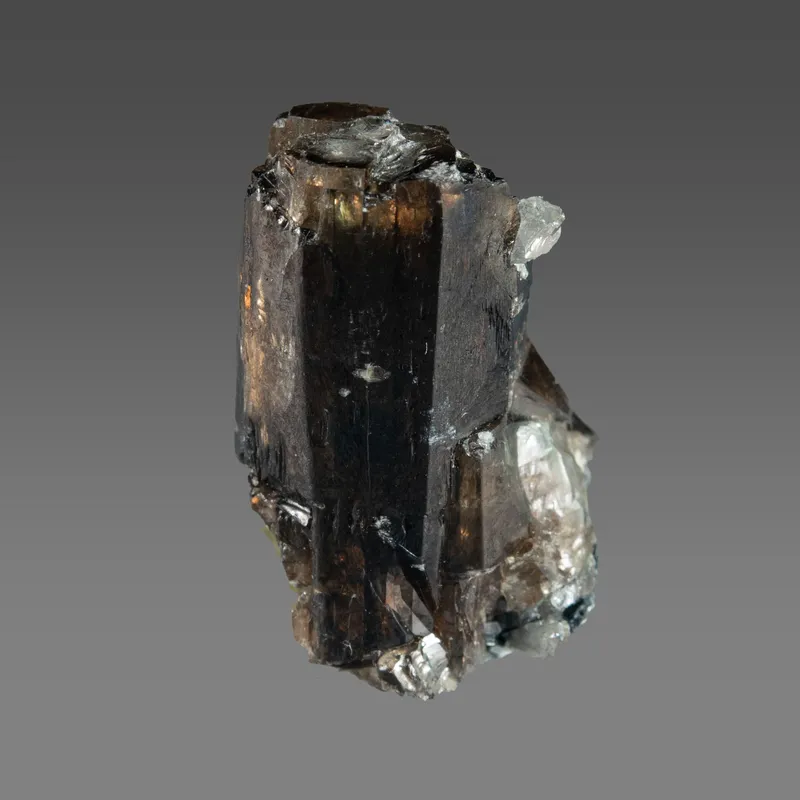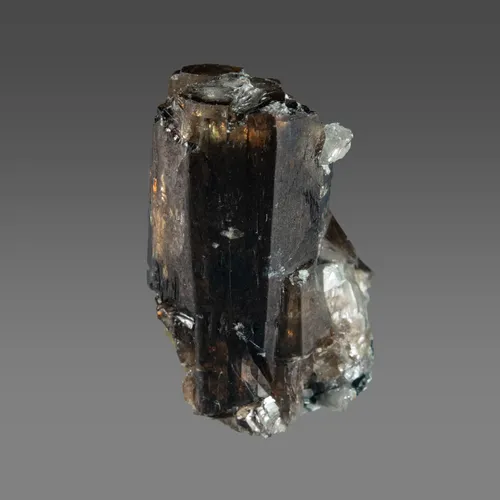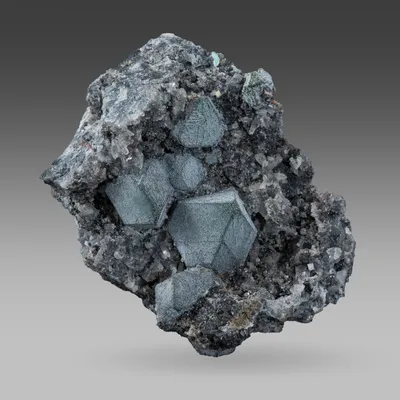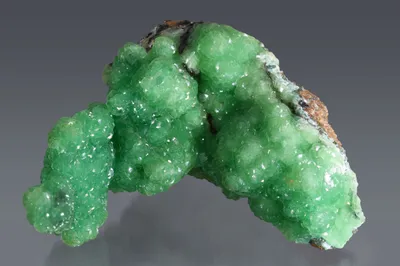
Image Credit: Malcolm Southwood
Mineral Species
Phosgenite
Type Locality
No
Composition
Pb2(CO3)Cl2
Crystal System
Tetragonal
Status at Tsumeb
Confirmed
Abundance
Very rare
Distribution
First and second oxidation zones
Paragenesis
Supergene
Entry Number
Species; TSNB277
General Notes
Phosgenite was first reported from Tsumeb by Goldschmidt and Thomson (1920), who described: "… crystals of considerable size [10 mm], smoke-brown in color, fresh, and with a brilliant luster. They show good basal cleavage." The vintage of these crystals indicates that they must have originated from the upper part of the first oxidation zone.
A single specimen of phosgenite in the Klein Collection catalogue (#981) is attributed to 4 Level (unpublished catalogue, Klein family archive) although Klein (1938) mentions "… beautiful large crystals" of phosgenite to a depth of 240 m (9 Level). A specimen in the Karabacek Collection at Harvard University (MGMH 93471) measures 67 mm and is also unequivocally from the first oxidation zone. The crystal is highly translucent and a striking amber-brown in colour when back-lit.
Pinch and Wilson (1977) cautioned that "Some of the finest crystals thought to be phosgenite have turned out to be mimetite. The true phosgenite crystals are short prismatic and dark brown in colour". They noted that phosgenite can also be hard to distinguish from some cerussites.
Keller (1984) observed that inclusions of hydrocerussite have been found in phosgenite crystals.
Gebhard (1993) reported that:
"Phosgenite has been found once more, but this time in superb specimens that rank among the best in the world. Two examples recovered have crystals 10 cm long and 5 cm across, transparent and smoky-violet in color."
Gebhard (1999) provided further notes on this discovery, stating that large etched crystals (to 300 mm) were found associated with anglesite, cerussite and linarite. This was a second oxidation zone discovery which, according to Gebhard, was recovered mainly in 1993, although he noted that a single perfect 90 mm crystal from the John Innes Collection may have come from the same stope, but mined a few years earlier.
Von Bezing et al. (2007, 2016) questioned the origin of the 1993 phosgenite find, with "… some rumours …" that these crystals are from the Kombat Mine. There is, however, nothing else in the literature to suggest that phosgenite occurs at Kombat.
Associated Minerals
anglesite; arsentsumebite; cerussite; copper; galena; hydrocerussite; linarite; mimetite; smithsonite
Pseudomorphs
The following minerals are reported to form pseudomorphs after phosgenite: cerussite (rare).







